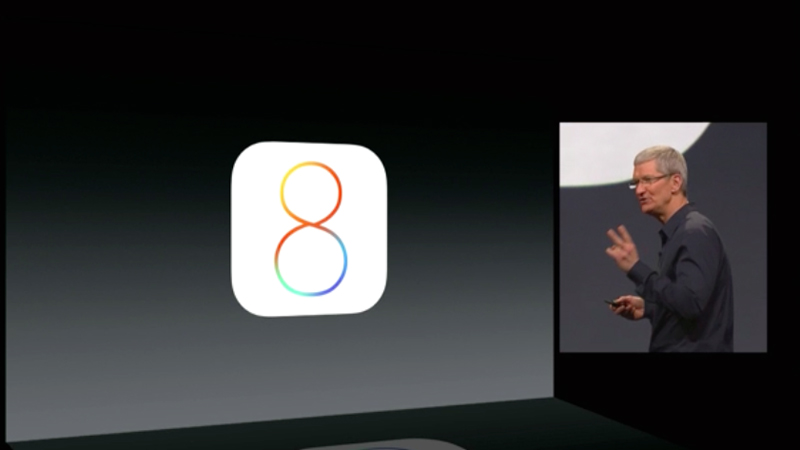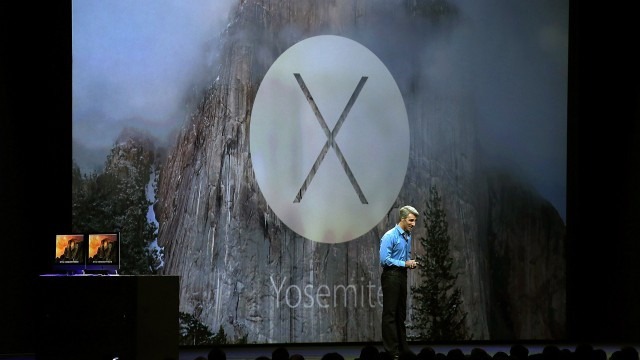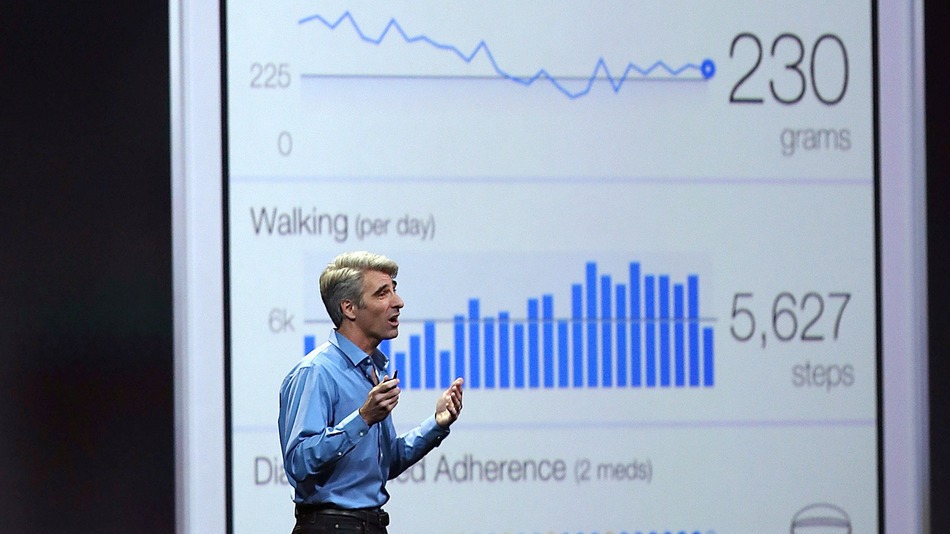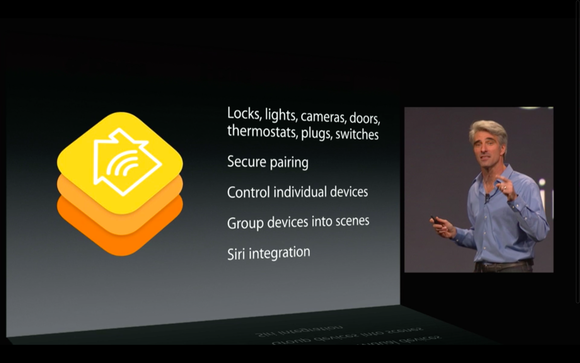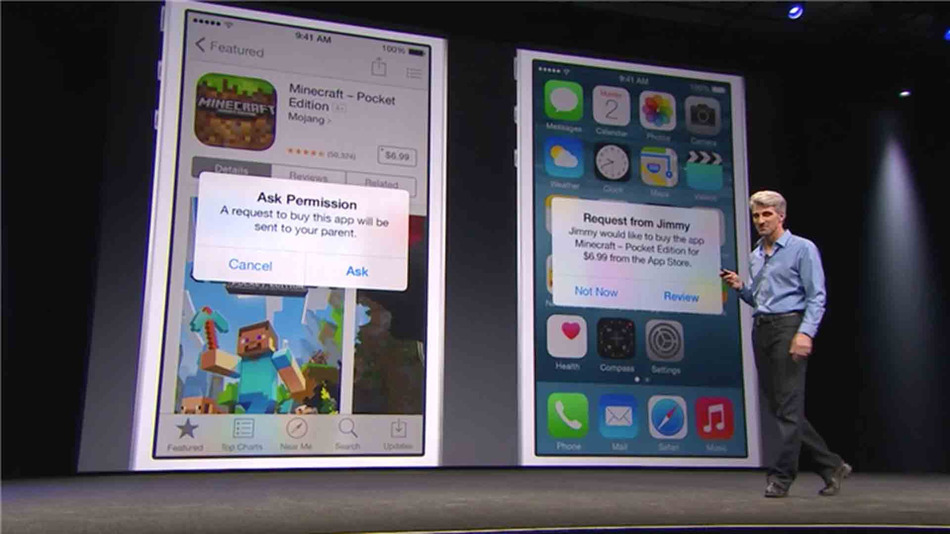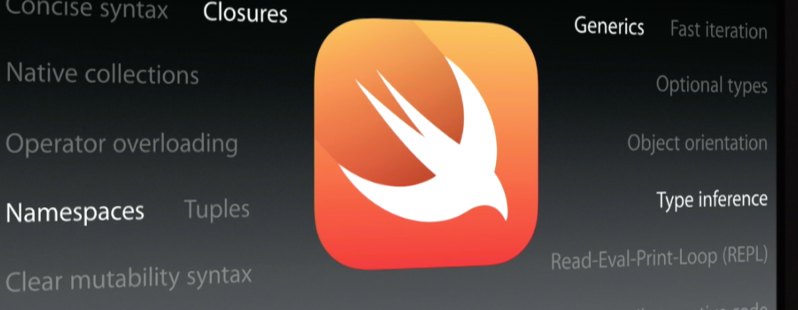WWDC 2014: The Biggest Things Announced At Apple's Keynote
At its annual Worldwide Developers Conference yesterday, Apple showed off new operating systems for iPhone, iPad and Mac, along with initiatives that touch the health-tracking and smart home markets, a slew of new features like third-party keyboards, and even a new programming language. If you missed any of it, here are the biggest announcements from Apple's WWDC 2014.
iOS 8: The new version of iOS, which will come to iPhones and iPads in the fall, includes many new features
Apple announced iOS 8 for the iPhone, iPad, and iPod touch. Unveiled during this year's Worldwide Developers Conference, the latest version of the company's mobile operating system isn't a complete re-working like iOS 7, but there are more than a few additions and refinements this time around nonetheless.
macworld.co.ukThe keyboard will finally provide predictive typing, which will guess your next word and can adapt those suggestions depending on who you're talking to. Mail adds a number of gestures, like swiping an email to delete it. Messages will offer location sharing, the ability to mute a thread and a Tap to Talk feature that lets you send audio snippets. Active Notifications allow you to respond to notifications without leaving the app you're in. Siri enhancements include song identification with Shazam.
iCloud Drive can share files between your Mac, your iOS device and Windows. With Family Sharing, up to six family members can share iTunes content across devices. When new versions of iOS launch in the fall, they are typically accompanied by new hardware.
Mac OS X Yosemite: Apple finally took the wraps off its desktop operating system Mac OS X 10.10, now officially known as Yosemite
Apple Senior Vice President of Software Engineering Craig Federighi introduces OS X Yosemite during the WWDC event on Monday.
Image via mshcdn.comA redesigned user interface moves OS X toward a cleaner look, similar to the appearance introduced in iOS 7. If you have an iPhone, you can place and receive calls from your Mac, and even receive text messages from non-iPhone users.
Notification Center has a Day View, which can be extended with widgets from the App Store. Spotlight now has a search bar centered in the middle of the screen, and offers autocomplete guesses. Safari is redesigned with a slimmer menu bar. And AirDrop works between iOS and Mac. The update will be available to the general public in the fall as a free update.
cnet.comHealth app and HealthKit: Apple announced its foray into the fitness tracking space with a new app simply called Health
Apple Senior Vice President of Software Engineering Craig Federighi speaks during the Apple Worldwide Developers Conference at the Moscone West center on June 2, 2014 in San Francisco, California.
Image via mshcdn.comThe concept is similar to Apple's Passbook app, the iPhone's virtual pocket for things like airline boarding passes, movie tickets and coupons. The Health app will be able to pull in data from other third-party apps such as Nike to keep all your health-related information in one hub. Developers will use a service called HealthKit to integrate their apps with the Health app.
HomeKit: An all in one iOS 8 app, without the need for multiple apps to control each device or function
Apple Senior Vice President of Software Engineering Craig Federighi speaks during the Apple Worldwide Developers Conference at the Moscone West center on June 2, 2014 in San Francisco, California.
Image via staticworld.netThe platform will allow users to users to control locks, lights, cameras, doors, thermostats, plugs and switches at the home via one iOS 8 app, without the need for multiple apps to control each device or function. Apple aims to get home automation devices to work together on one centralized platform. The move has the potential to ignite the smart home industry, as well as the so-called Internet of Things world.
Although iOS 8 doesn't come out until the fall, the beta test (available now) will encourage developers to create software and products that will work with HomeKit.
Extensibility: It will allow Widgets in Notification Center and third-party keyboards
A notable developer-centric feature in iOS 8 is Extensibility, which introduces the ability for apps to share some aspects of their abilities with another. Extensibility will also enable developers to create widgets for iOS, a feature common on Android. Widgets will appear in the device's notification center.
macobserver.comThe new feature will also allow developers to build their own keyboards into their apps. Apple showed a Swype keyboard — one where you can select the next letter in a word by swiping across the screen instead of tapping — working on an iPhone.
Family Sharing, Synced photo editing and Revamped App Store
Family Sharing in iOS 8 will allow up to six people to share iTunes purchases, including apps, music and movies, provided the same credit card is linked to each iTunes account. Families using the feature will also be able to access each other's calendars, reminders and photos. Parents will also be able to control their children's purchasing ability. Children who have a parent's credit card connected to their iTunes account must ask permission from the cardholder before making a purchase.
cnet.comThe revamped Photos app will automatically sync with iCloud to make all images available across devices. The app includes new smart editing tools to easily crop and straighten photos and adjust the color and light levels. Since the photos are synced to iCloud, all edits are automatically preserved across devices.
Apple is adding several new features to its App Store designed to help people more easily find the apps they want. Developers will be able to offer multiple apps under a single bundle price. They'll also be able to post videos on their app's description page, letting them describe and demonstrate how an app works to potential buyers. Apple is also allowing and developer to offer their app as a public beta download through TestFlight. That means users will be able to try out early versions of apps before their official release, and developers will be able to get ahead of bugs sooner in the process.
cnet.comAnd last but not the least, Apple also announced its own programming language, called Swift
Apple dropped a huge surprise at WWDC on Monday, as it announced that it’s built a new programming language for iOS and OS X called Swift. The new language — which is in beta until iOS 8 is released – is Apple’s replacement for Objective-C and the company explained its big decision to developers by claiming it is much faster and easier to use. Apple isn’t taking away support for the old language and applications can actually have codebases that contain both Swift and Objective-C happily.
cnet.comIn its press release highlighting the announcement of iOS 8, Apple says the following about the release of Swift:
"Swift is a powerful new programming language for iOS and OS X® that makes it easier than ever for developers to create incredible apps. Designed for Cocoa® and Cocoa Touch®, Swift combines the performance and efficiency of compiled languages with the simplicity and interactivity of popular scripting languages. By design, Swift helps developers write safer and more reliable code by eliminating entire categories of common programming errors, and coexists with Objective-C® code, so developers can easily integrate Swift into their existing apps. Xcode® Playgrounds make writing Swift code incredibly interactive by instantly displaying the output of Swift code."
